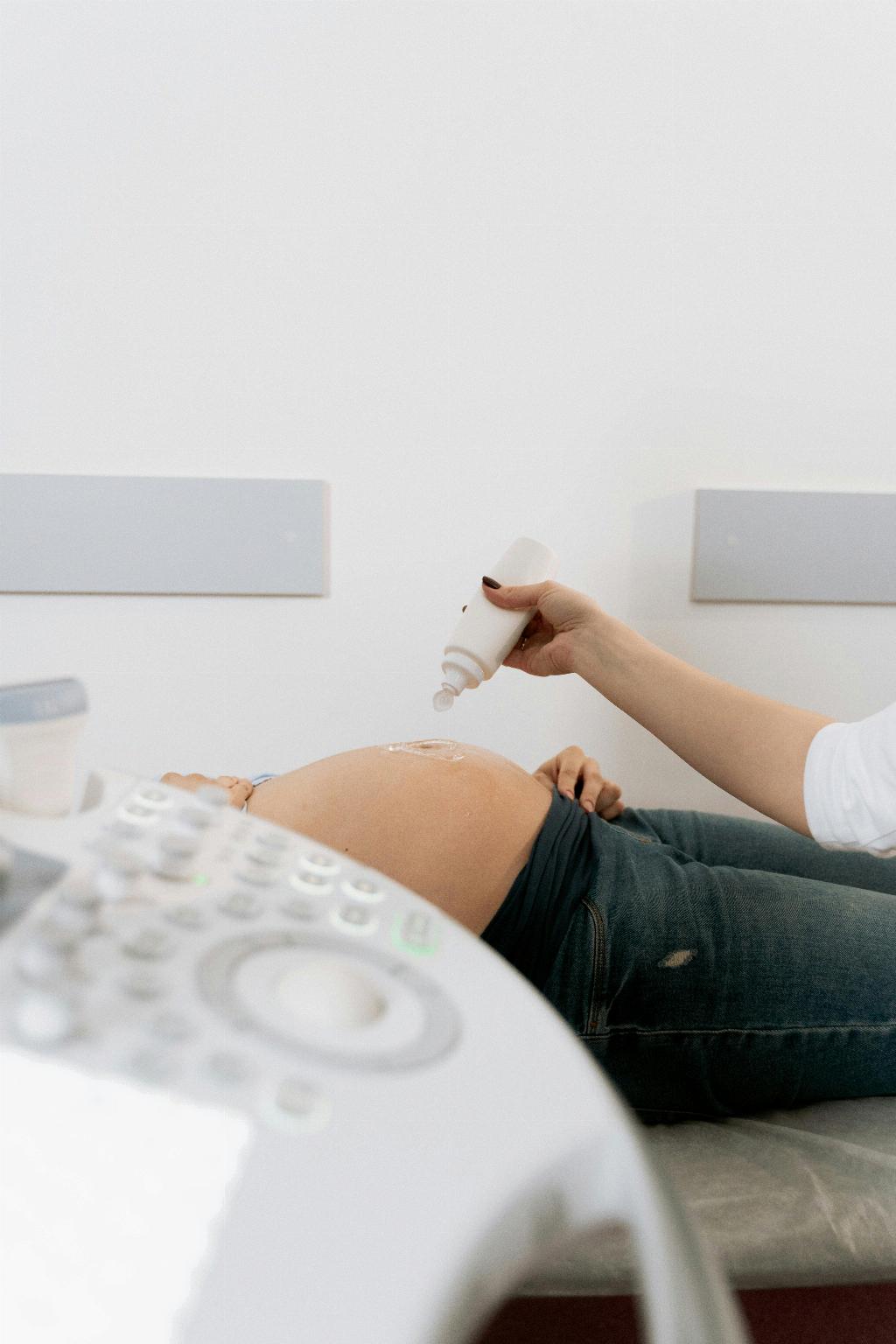When it comes to the question of whether a previous C-section makes you high risk, the answer is not a simple yes or no. It’s essential to delve deeper into the potential complications that may arise from multiple cesarean deliveries. One crucial factor to consider is the increased risk of encountering placental problems with each subsequent C-section.
Placental Complications
Women who have had multiple C-sections are at a heightened risk of developing issues related to the placenta, such as placenta accreta or placenta previa. Placenta accreta occurs when the placenta attaches too deeply into the uterine wall, which can lead to severe bleeding during delivery. On the other hand, placenta previa involves the placenta partially or completely covering the cervix, potentially obstructing the baby’s path during birth.
Uterine Rupture
Another significant concern associated with multiple C-sections is the increased likelihood of uterine rupture. This complication involves a tear in the uterus, which can be life-threatening for both the mother and the baby. The risk of uterine rupture tends to rise with each successive cesarean delivery, particularly if the incision from the previous surgeries extends into the uterine muscle.
Adhesions and Scar Tissue
Each C-section procedure carries the potential for the formation of adhesions and scar tissue within the pelvic region. As the number of cesarean deliveries increases, so does the likelihood of adhesions developing. These adhesions can lead to complications such as chronic pelvic pain, bowel obstruction, and challenges during subsequent surgeries.
Placenta Previa
Placenta previa is a condition where the placenta lies low in the uterus and partially or completely covers the cervix. This condition can result in severe bleeding during labor, which poses risks to both the mother and the baby. The likelihood of experiencing placenta previa is known to increase with each additional C-section, making it a significant concern for women with multiple cesarean deliveries.
Placenta Accreta
Placenta accreta is a condition where the placenta attaches too deeply into the uterine wall, leading to potential complications during delivery. Women who have had multiple C-sections face an elevated risk of developing placenta accreta, which can result in severe hemorrhage and necessitate emergency interventions to manage the situation effectively.
Future Pregnancy Considerations
For women who have undergone multiple C-sections, planning for future pregnancies requires careful consideration and consultation with healthcare providers. The risks associated with each additional cesarean delivery need to be weighed against the benefits, and alternative delivery methods may be recommended to mitigate potential complications.
Risk Factors
Various factors can influence the degree of risk associated with multiple C-sections, including the interval between pregnancies, the number of previous cesarean deliveries, the type of uterine incision made during surgery, and individual health factors such as obesity or diabetes. These variables play a crucial role in assessing the overall risk profile for each woman.
Consultation and Monitoring
Women who have had multiple C-sections should ensure regular prenatal care and monitoring throughout their pregnancies to detect any potential complications early on. Open communication with healthcare providers is essential to address concerns, assess risks, and make informed decisions regarding delivery options that prioritize maternal and fetal well-being.
Maternal Health Considerations
Protecting maternal health is paramount when evaluating the risks associated with multiple C-sections. Women with a history of cesarean deliveries should be aware of the potential complications that may arise and work collaboratively with their healthcare team to establish a personalized care plan that addresses their specific needs and minimizes risks during pregnancy and childbirth.
Conclusion
In conclusion, while a previous C-section does not automatically categorize a woman as high risk, the cumulative effects of multiple cesarean deliveries can elevate the potential for complications such as placental issues, uterine rupture, and adhesion formation. Understanding these risks, seeking comprehensive prenatal care, and engaging in thoughtful discussions with healthcare providers are vital steps in navigating the complexities associated with subsequent pregnancies following C-sections.

